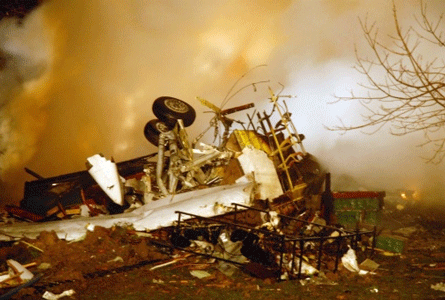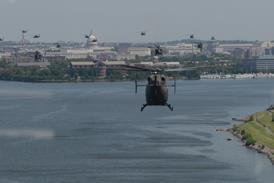Graham Warwick/ATLANTA
Raytheon Aircraft has launched development of the Hawker Horizon "super mid-size" business jet to replace the current Hawker 1000. The first flight is scheduled for late 1999, leading to US certification in the second quarter of 2001. Raytheon is planning to build 20-25 aircraft a year.
The $14.5 million Horizon will be powered by 29kN (6,500lb)-thrust Pratt & Whitney Canada PW308A turbofans, scaled up from the PW305Bs powering the Hawker 1000. Honeywell will supply its new Primus Epic flat-panel integrated avionics. The aircraft will have a 6,100km (3,300nm) range at Mach 0.8 and a M0.84 maximum cruise.
Fuji Heavy Industries will supply the wing as a risk-sharing partner. British Aerospace and Northrop Grumman had also bid for the work. P&WC, too, is a risk-sharing partner, supplying the powerplant, including a Nordam-produced nacelle and thrust-reverser. As risk-sharing avionics integrator, Honeywell will supply a complete system, including equipment provided by AlliedSignal.
The Horizon will have a 2.13m-diameter composite fuselage, produced using the automated fibre-placement technology developed for Raytheon's Premier I light business jet, launched in 1995. This process makes it relatively easy to change the fuselage for future derivatives, and Raytheon confirms that both the engine and wing have growth capacity.
The Hawker line was acquired from British Aerospace in 1993 and Raytheon is transferring assembly of the mid-sized 800 to the USA, but production of the larger 1000 is to end in 1997. "The 800 and 1000 were too close together," says Raytheon Aircraft president Roy Norris. With a 16,300kg maximum take-off weight, 2,300kg more than that of the Hawker 1000, the Horizon is substantially larger than the aircraft which it replaces.
The upgraded Hawker 800XP was introduced in 1995, and further block improvements are planned, possibly including a new wing, engines and composite fuselage, according to Norris.
Source: Flight International























